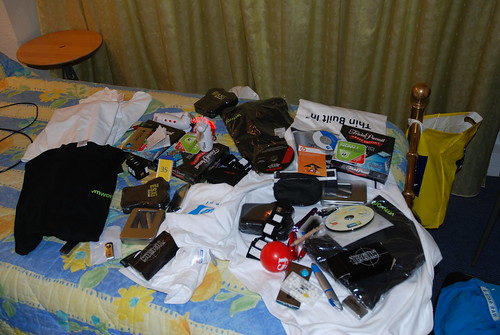I was just reading this article on the Malaysia VMware Communities website I’ve read a couple of article on their website that didn’t make sense but this this time I’m going to respond cause it might set people on the wrong foot. Anyone is of course entitled to their own opinion and views, but please reread your article and check the facts before you publish, especially when your blog is featured on planetv12n. A short outtake of the blog:
If we refer to the current version which is ESX 3.5 u3, the maximum number of Vcpu per ESX server is only 128 per ESX Servers. Personally, I think the number of Vcpu per ESX servers is too minimal. Imagine if we do run a servers with 4 or 8 physical CPU sockets and we consolidate 40 : 1 Physical server in our virtualization environment, we will hit to the bottleneck on maximum numbers of Vcpu per ESX servers but not due to the CPU consumption
Reading this short section one might think, why reply it makes sense? No, it doesn’t make sense at all:
- The current limit isn’t 128, it’s 192 vCPU’s.
So even with a 40:1 ratio and all VMs provisioned with 4 vCPU’s you wouldn’t hit this limit. Read the max config guide, it’s the bible for virtualization consultants. - But even more important: co-scheduling and over provisioning will impact performance. With most VM’s running 2 or even 4 vCPU’s scheduling will be almost impossible even with the relaxed co-scheduling techniques ESX is using these days. In other words, please don’t use multi vCPU VMs as a standard, you can read more on c0-scheduling here.
The author asked VMware to bump up the max number of vCPU’s. Now for a VDI environment this can and will be useful I think. Again if you are hitting the number with a 16 core machine, you might need to reconsider your provisioning strategy.
I expect the number to go up… especially after watching Stephen Herrod’s keynote at VMworld Europe 2009.
